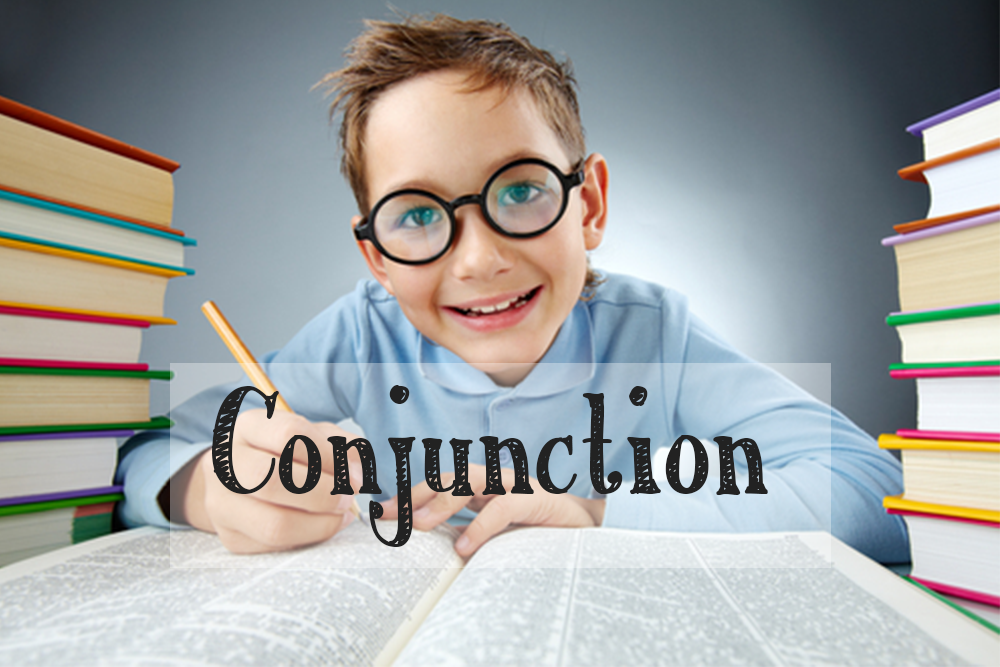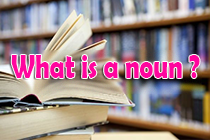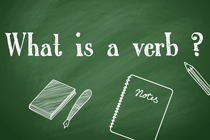What Is a Conjunction?

A conjunction is the glue that holds words, phrases and clauses (both dependent and independent) together. There are three different kinds of conjunctions––coordinating, subordinating, and correlative––each serving its own, distinct purpose, but all working to bring words together.
What Is a Coordinating Conjunction?
Coordinating conjunctions are what come to most people’s minds when they hear the word “conjunction.” They can join together words, phrases and independent clauses. There are seven of them, and they’re easy to remember if you can just remember FAN BOYS:
- For - Explains reason or purpose (just like “because”) I go to the park every Sunday, for I love to watch the ducks on the lake.
- And - Adds one thing to another I go to the park every Sunday to watch the ducks on the lake and the shirtless men playing soccer.
- Nor - Used to present an alternative negative idea to an already stated negative idea I don’t go for the fresh air nor really for the ducks. Honestly, I just like the soccer.
- But - Shows contrast The soccer in the park is entertaining in the winter, but it’s better in the heat of summer.
- Or - Presents an alternative or a choice The men play on teams: shirts or skins.
- Yet - Introduces a contrasting idea that follows the preceding idea logically (similar to “but”) I always take a book to read, yet I never seem to turn a single page.
- So - Indicates effect, result or consequence I’ve started dating one of the soccer players, so now I have an excuse to watch the game each week.
What Is a Subordinating Conjunction?
A subordinating conjunction always introduces a dependent clause, tying it to an independent clause. In contrast to coordinating conjunctions, a subordinate conjunction can often come first in a sentence. This is due simply to the nature of the relationship between the dependent and the independent clause. In English, there are lots of subordinating conjunctions, but the most common ones are "after," "although," "as," "because," "before," "how," "if," "once," "since," "than," "that," "though," "until," "when," "where," "whether," and "while." Here are a few examples of how subordinating conjunctions are used:
- “Because of you, I never stray too far from the sidewalk” (Kelly Clarkson).
- “If you leave me now, you’ll take away the biggest part of me” (Peter Cetera/Chicago).
- “When I see you smile, I can face the world” (Bad English).
- “[You] don’t know what you’ve got ‘til it’s gone” (Cinderella).
- “I guess I’ll never be the same since I fell for you” (B.B. King).
- “As I walk through the valley of the shadow of death, I take a look at my life and realize there’s nothing left” (Coolio).
What Are Correlative Conjunctions?
Correlative conjunctions are sort of like tag-team conjunctions. They come in pairs, and you have to use both of them in different places in a sentence to make them work. They include pairs like “both/and,” “whether/or,” “either/or,” “neither/nor,” “not/but” and “not only/but also.”
- I either want the cheesecake or the frozen hot chocolate.
- I’ll have both the cheesecake and the frozen hot chocolate.
- I didn’t know whether you’d want the cheesecake or the frozen hot chocolate, so I got you both.
- Oh, you want neither the cheesecake nor the frozen hot chocolate? No problem.
- I’ll eat them both - not only the cheesecake but also the frozen hot chocolate.
- I see you’re in the mood not for dessert but appetizers. I’ll help you with those too.
Now that you know what a conjunction is, how many different kinds there are and how they’re used, you can make all manner of compound and complex sentences, but whether you’re using them for work or play, just make sure you use them for good and not for evil.
Mọi thông tin chi tiết, các bạn vui lòng liên hệ:
DU HỌC UNIGLOBE
10/3 Nguyễn Thị Minh Khai, Phường Đa Kao, Quận 1, TP.HCM
ĐT: (08) 35 173 345 – 35 173 678
Email: info@uniglobe.edu.vn
Website: www.uniglobe.edu.vn






bình luận